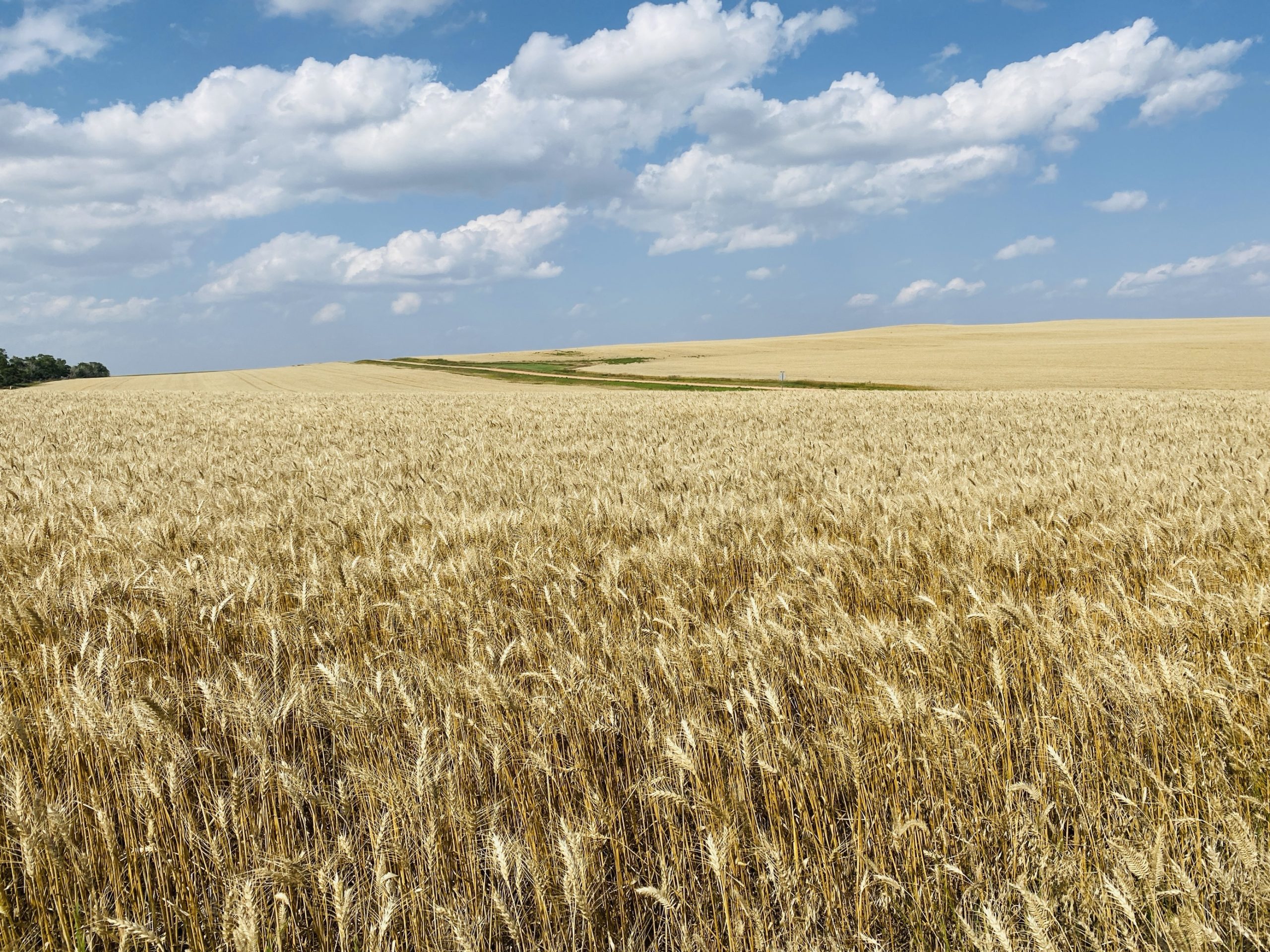A new wheat variety released by Oklahoma State University will help eastern and northern Oklahoma farmers combat the small grain fungal disease fusarium head blight, also known as head scab.
“It’s not a common disease in Oklahoma, but it’s dangerous enough that we needed to have something in place for it, especially in the area of Oklahoma east of I-35 and further north,” said Brett Carver, professor and wheat genetics chair in the Oklahoma State University Department of Plant and Soil Sciences.

Head scab affects wheat and other small grains and is most common in wheat crops planted after corn crops. Corn residue is a major source of the disease, which poses the biggest threat during high moisture conditions when the wheat head develops.
Carver said the new OSU wheat variety, called Scab Stryker, was bred from the combination of the 2011 OSU variety Garrison and a University of Nebraska experimental line with a scab-resistant gene.
“As far as I know, this gene is the most powerful gene to influence scab resistance in wheat,” Carver said. “I don’t know of any variety in the Great Plains that has this gene, so Scab Stryker will be the first one.”
The variety is intended for limited production, Carver said, because while it has strong scab resistance, it is susceptible to stripe rust and leaf rust.
“The risk that we address with the scab resistance far outweighs the risk associated with leaf rust and stripe rust,” Carver said. “Producers can usually control leaf rust and stripe with a single application of fungicide, and you put that fungicide on top of the genetic resistance for head scab. I don’t think a person has to worry about scab.”
Fungicides also traditionally protect against leaf and stripe rust, and most producers already apply them. Fungicides are usually not enough to fight against head scab, Carver added.
“This was our first time breeding a scab-resistant variety, and it performed the best for four years running in the presence of the disease. You can’t ignore that,” he said. “We are not looking for this to be a widely grown variety. If head scab is not an issue in someone’s region of Oklahoma, I would not necessarily recommend growing this variety.”
The variety is also good against barley yellow dwarf, powdery mildew, leaf spotting diseases such as Septoria nodorum and bacterial diseases such as bacterial leaf streak.
Scab Stryker is a stout variety with a competitive yield, averaging more than 90 bushels per acre during trials. Its kernel size is smaller due to it being a late-maturing variety, which makes it stronger against spring freezes. Carver said the tall height of the stalk gives it another advantage over head scab because the disease usually originates from corn residue on the ground.
“Late maturity is excellent when you’re trying to avoid scab because the later it matures, the more likely it is to miss the infection. So, when you put that on top of the genetic resistance, that’s a good package,” Carver said.



